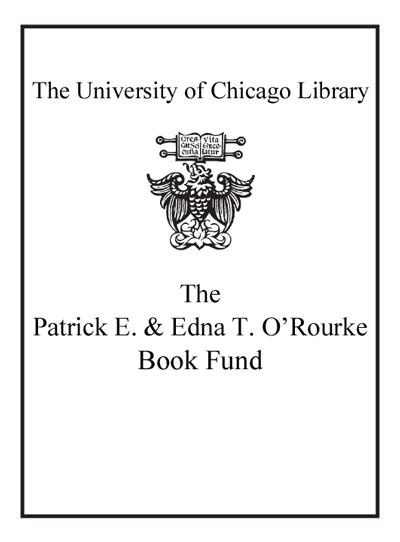| Summary: | "Throughout his long working life, Pierre-Auguste Renoir (1841-1919) produced large-format portraits and subject pictures. From the mid-1870s to the mid-1880s--the decade of Impressionism--his vertical, grand-scale canvases were among the artist's most daring and ambitious presentations of contemporary life and fashion. Today they rank among the masterpieces of Impressionism. This stunning book offers fresh insights into Renoir's complex ambitions as a young artist, when he submitted works to both the avant-garde impressionist exhibitions and the official Salon. While painting in the new impressionist style, Renoir remained committed to the full-length format, which was eschewed by most of his fellow impressionists as too traditional. This format afforded Renoir the opportunity to devote himself to the heroic painting of everyday life, and also to linger on the finest details of his figures' fashionable costumes and accessories. Ten iconic canvases display the rich variety of this artist's painterly technique. They reveal the sheer virtuosity of his brushwork in creating silk, lace, mink, and taffeta for shimmering ball gowns, sumptuous furs, chic Parisian day dresses, and glamorous theatrical costumes. These paintings capture the faces and fashions of Renoir's Paris.Extensively illustrated, the book draws upon contemporary criticism, literature, and archival documents to explore the motivation behind Renoir's full-length figure paintings, and technical studies of the canvases shed new light on the artist's working methods"--
"Renoir, Impressionism, and Full-Length Painting is a full-length scholarly catalogue that accompanies an exhibition of the same title curated by Colin B. Bailey. The exhibition catalogue will provide a new conceptual and contextual framework for approaching Renoir's oeuvre in the first decade of the Impressionist movement. The catalogue will include extensive entries on each of the ten works in the exhibition, as well as an introductory essay on Renoir's relationship to the full-length format. An appendix of Renoir's large-scale works from 1863 to 1890 provide a further sense of context. Our exhibition and its accompanying catalogue are guided by a desire to understand Renoir's complex ambitions as a young artist, when he submitted works to both the avant-garde Impressionist exhibitions and to the official Salon. While painting in the new Impressionist style, Renoir remained uniquely committed to the full-length--a traditional format eschewed by most of his fellow Impressionists. Monet, one of few Impressionists to paint several large full-lengths, abandoned the format by the mid-1870s. The exhibition and its accompanying catalogue will draw upon contemporary criticism, literature, and archival documents to explore the motivation behind Renoir's full-length figure paintings as well as their reception. His use of the full-length will be understood not only within the Impressionist mileu, but also in relation to contemporary academic painters who were the main exponents of the full-length tradition"--
|
|---|

